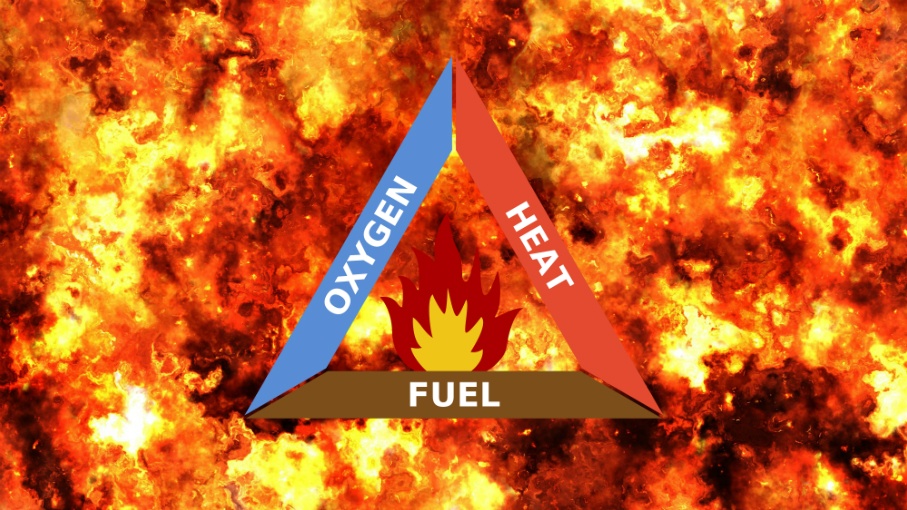“It can’t happen to us.”
“The chances of an explosion are slim to none.”
“We proofed most of our locations, so we should be good.”
These are just a few examples of how a false sense of security can begin to creep into an organization. But take a moment to think about it.
The first definition of “hazardous” in the Merriam-Webster dictionary is “depending on the effect of unpredictable and unanalyzable forces in determining events”. In other words: you rarely see a disaster coming.
While that may be true in general, when it comes to hazardous locations, we already know for a fact that they pose threats. So we take measures to ensure that we mitigate every possible risk.
This is where intrinsic safety comes into play.
Fire is the most common hazard across industries. At times, the fire risk is quite obvious. For example, when a company handles or produces flammable gasses like propane or hydrogen. However, other risks aren’t that obvious. Dust, for instance, can also be highly flammable.
When you don’t factor in less common risks, you expose yourself to disasters. Let’s take a look at the most common dangers a false sense of security poses.
1. A Devastating Explosion
This is definitely the most obvious risk. And, unfortunately, the one thing most people think can’t happen to them.
Still, this list of industrial disasters is just one piece of evidence to the contrary. If you simply skim it, you will see that no industry is safe. Also, keep in mind that this page only lists the truly memorable and catastrophic events that killed at least tens of people. But in order for a workplace to be labeled as unsafe, it doesn’t need to have the potential to kill tens or hundreds of people. One is enough.
This is definitely a list you don’t want to be on.
2.Fines and Litigations
When your workplace is deemed as unsafe, you’re not only endangering your business and your employees. You’re also endangering people and assets nearby.
If a government control discovers irregularities in the protection of your hazardous areas, you will definitely be fined a hefty amount.
Here’s one example: an oil refinery was fined more than $83.000 for an explosion that injured several people. The example is very recent: it happened in the beginning of October 2018.
Add such fines to the other losses your company can incur: material and asset loss, potential litigations brought on by employees and, of course, loss of personnel. Such disasters are typically followed by mass resignations. Who would want to work in a place that could cost them their life?
3. You Pay Higher Insurance Premiums
As it happens with any asset, whether owned by a company or an individual, the lower the risk, the lower the cost of insurance premiums.
When you take every possible measure and ensure that intrinsic safety is taken seriously in all your hazardous locations, your insurance company will certainly give you a better deal.
The right kind of safety protocols are always properly documented. So all you have to do is provide your insurance company with these documents.
4. You Don’t Need to Shut Down Production so Often
If your intrinsic safety measures are not on point, you will most likely have to shut down production and ventilate the area whenever you do maintenance or diagnostic work.
On the other hand, if your intrinsic safety is done properly, you won’t have to face any business or production disruptions.
Final Recommendations
Intrinsic safety is the best way to minimize the dangers above. IS design is what minimizes both heat and power creation, thus ensuring that the triangle of fire is never completed. Ideally, your equipment should be IS-certified and your entire system should be designed according to the IS standards.
Intrinsic safety should never be taken lightly. When done right, it has the ability to keep you and your staff safe, reduce your costs and enable you to perform maintenance on live equipment.


